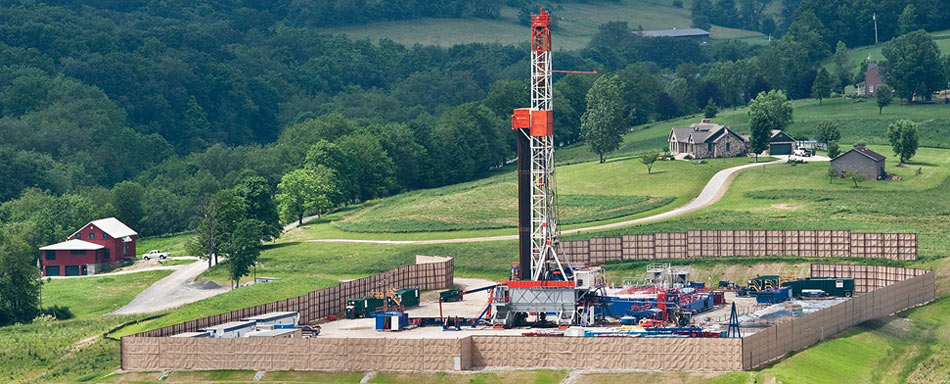Keystone provides solutions to the most pressing water and environmental issues associated with hydraulic fracturing, mining and landfill operations. Our advanced technology enables operators to reuse water, be environmentally compliant and reduce costs.
Frack Water
Hydraulic fracturing, as the term implies, involves water — both at the front end with fracking fluid the water-based chemical cocktail that is injected into the shale, and at the back end where there is flowback water and produced water.
Flowback water (which literally “flows back” during the fracking process) is a mixture of fracking fluid and formation water (i.e., water rich in brine from the targeted shale gas-rich rock). Once the chemistry of the water coming out of the well resembles the rock formation rather than the fracking fluid, it is known as produced water and can continue to flow as long as a well is in operation.
Acid Mine Water
Acid mine drainage (AMD) is a national problem, but one-third of waters impacted by that problem are located in Pennsylvania, which, after over a century of coal extraction, has produced more coal tonnage than any other state in the U.S. AMD is Pennsylvania’s single largest non- point source water pollutant, impacting 5,000 miles of streams.
AMD flows from mine openings, ventilation shafts and from other connections to the underground mine pool. It almost always contains iron that hues from red to orange, destroying aquatic habitat.
AMD forms when surface water comes in contact with pyrite (and other minerals found in coal) and the air. AMD can be either acidic or alkaline.
Leachate
Water percolation through wastes inside a landfill is inevitable. As the water seeps to the bottom of the cell it picks up contaminates creating highly acidic water otherwise known as leachate. This substance can be hazardous to the soil and ground water if it is not properly collected and removed.
Leachate collection systems are required to remove the toxic leachate before ground water contamination can occur. These systems consist of perforated piping systems that direct the leachate to pumping areas where it is removed and placed in a leachate collection pond or holding tank before it can be treated at a waste water management facility and recycled back into the environment.



